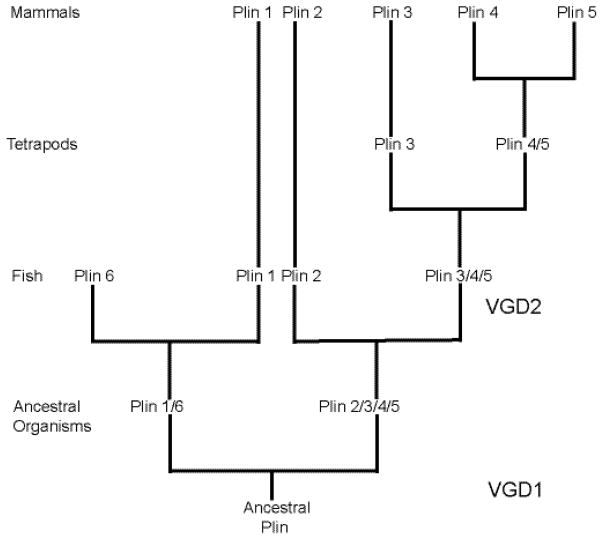Figure 1. Theoretical model of perilipin molecular evolution.
The perilipins are predicted to have evolved from an ancestral perilipin (Plin) gene expressed in an early chordate. During the first vertebrate genome duplication (VGD) event, two precursor genes that eventually gave rise to perilipins 1 and 6 and perilipins 2, 3, 4, and 5 were formed, followed by a second VGD that gave rise to the individual perilipins 1, 6, 2, and the precursor gene for perilipins 3, 4, and 5. Duplication of the latter precursor gene during the evolution of tetrapods gave rise to perilipin 3 and the precursor gene for perilipins 4 and 5, which diverged during yet another gene duplication event. Perilipin 6 is only expressed in some species of fish, along with perilipins 1, 2, and a precursor gene that gave rise to perilipins 3, 4, and 5 during evolution. Birds and reptiles express perilipins 1, 2, 3, and a perilipin 5-like gene. Only mammals express perilipins 1, 2, 3, 4, and 5. This model was proposed by Granneman, et al. (3), and this figure is derived from Figure 1-figure supplement 2 of that paper. Lines in the model are not to scale and do not represent evolutionary timeframes.

